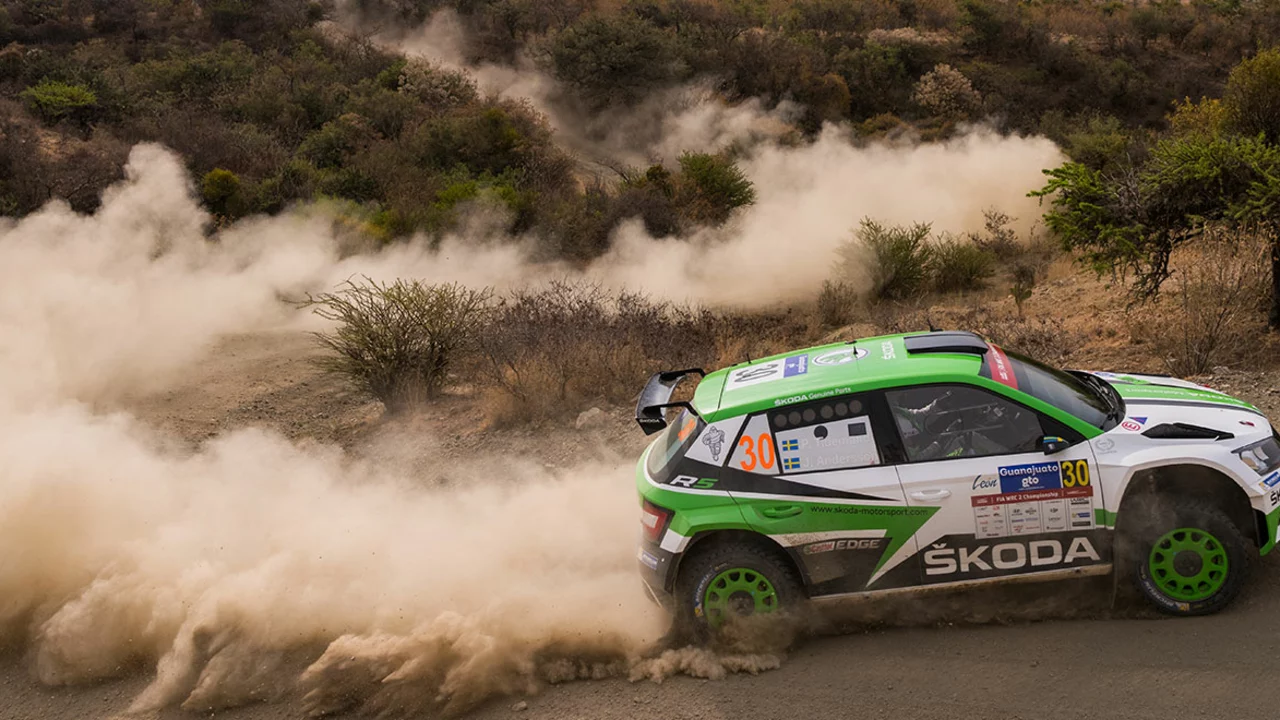Motorsport Practices for Rally Enthusiasts
If you love the roar of a rally car and the smell of mud, you already know that raw speed isn’t everything. The real edge comes from the day‑to‑day habits that keep you fast, safe, and ready for anything the course throws at you. Below are the most useful practices that everyday racers and weekend warriors swear by.
Preparing Your Car for Off‑Road Action
First thing’s first: your car needs to be built for the terrain, not for the highway. Most rally cars are hatchbacks because they’re light, have a low center of gravity, and can handle tight turns on loose surfaces. Swapping a standard rear‑wheel drive for a four‑wheel drive gives you better traction on gravel, mud, or snow, but even a front‑wheel‑drive (FWD) can hold its own if the weight is balanced over the driven wheels. Make sure the suspension is set up for travel – longer strokes let the wheels stay planted when the road jumps.
Don’t forget the basics: tire choice, brake bias, and the two sticks every driver uses. The gear lever lets you shift quickly through the tight ratios rally engines need, while the handbrake helps you lock the rear for sharp hairpins. Practicing smooth gear changes and precise handbrake pulls on a closed course will make those split‑second decisions feel natural during a race.
Mastering the Human Side: Co‑pilot & Driving Techniques
A rally car isn’t a solo sport. The co‑pilot (or navigator) reads pace notes that describe every corner, jump, and surface change. Their job is to feed the driver the right information at the right moment, so the driver can focus on controlling the car. Good communication is a habit you can train – practice reading notes out loud, keep a steady rhythm, and use simple, consistent wording.
When it comes to strategy, rally differs from Formula 1. Rally drivers aim for consistency and car preservation over long stages, while F1 drivers push flat‑out for every lap. On a rally stage, think of each segment as a mini‑race: hit the apex, keep momentum, and avoid big mistakes that could damage the car. Simulators can help you rehearse these decisions without risking real‑world wear and tear.
For teens or newcomers, start by joining a local club or finding a mentor. Safety gear – helmet, roll cage, harnesses – is non‑negotiable. Spend time on lower‑speed practice days to learn how the car behaves on different surfaces before you jump into a high‑stakes event.
Finally, always debrief after a run. Review video, compare your pace notes with the actual road, and note where you lost time or felt uneasy. Small tweaks – adjusting brake bias by a few percent, tightening a suspension knob, or refining a co‑pilot’s timing – add up to big gains on race day.
Stay curious, keep the car in shape, and treat every practice session like a mini‑competition. Those habits are the secret sauce that separates a hobbyist from a true rally competitor.

Do Rally Drivers use handbrake?
As someone deeply interested in rally driving, I've done some research into whether rally drivers use handbrakes. Turns out, they absolutely do! Handbrakes play a vital role in navigating tight corners or executing sharp turns, something a rally driver often encounters. It's interesting to know that the handbrake can be such an essential tool in controlling a car's movement. So, yes, rally drivers do make good use of their handbrakes during races.